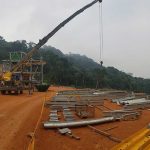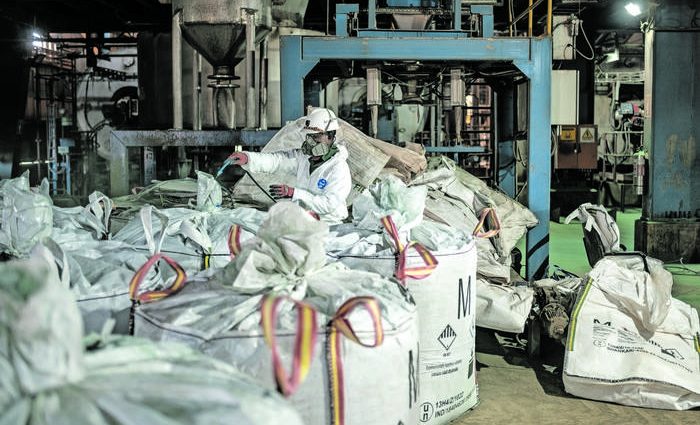Chinese cobalt smelters have remained largely unaffected by the Democratic Republic of Congo’s (DRC) four-month cobalt export ban, according to insights shared at the 2025 Cobalt Congress held in Singapore.
Despite the ban, which began in late February, Chinese downstream users have continued to access stable cobalt supplies, bolstered by significant stockpiles and robust trading networks.
“Large-scale cobalt consumers in China have built inventories sufficient for up to six months,” said Shirley Wang, General Manager at Shanghai Metals Market. “Smaller firms, however, may only have a two-week buffer and could be forced to turn to the spot market, where prices have recently surged.”
Cobalt prices have risen sharply—recovering from lows of $10 per pound at the end of 2024 to about $16 per pound today—following the DRC’s move to restrict exports in an effort to stabilize the global market.
According to Wang, Chinese traders are also holding metal stockpiles equivalent to nearly 12 months of demand, offering additional insulation from supply disruptions. Smelter representatives at the congress echoed this sentiment, saying their operations have continued with minimal disruption.
One industry delegate noted that stockpiles in China are expected to peak in June, aligning with the typical four-month shipping timeframe for cobalt shipments from the DRC to Chinese ports.
Meanwhile, the DRC has signaled that the current export suspension could be followed by stricter regulatory controls. Patrick Luabeya, head of the country’s mining regulatory agency, said that more measures may be implemented after the ban expires.
“Our aim is to better balance supply and demand in the global market,” said DRC Mines Minister Kizito Pakabomba. “But so far, the impact on end-user supply has been limited.”
Despite the rebound in prices, the global cobalt market remains oversupplied. Wang forecasted a 6% increase in global supply for 2025, reaching 327,000 metric tons, primarily due to rising output from copper and nickel mining byproducts. In contrast, demand is projected to grow by just 0.3%, reaching 237,000 metric tons.
Oversupply conditions are expected to persist until at least 2030. Wang projected global production could reach 390,000 tons by the end of the decade, while demand is forecast to lag behind at 264,000 tons.
Indonesia, now the world’s second-largest cobalt producer, is on track to double its production capacity by 2027. A senior government official confirmed that the country has no intention of imposing export restrictions, in contrast to the DRC’s current strategy.















